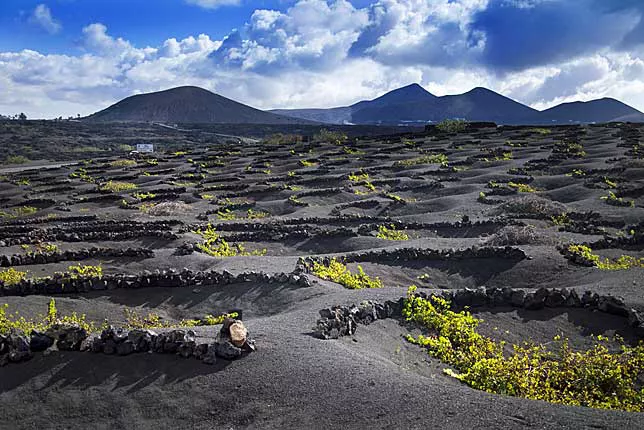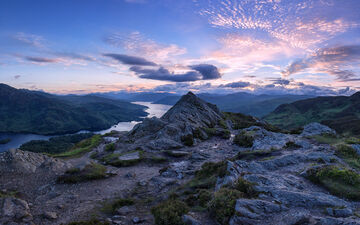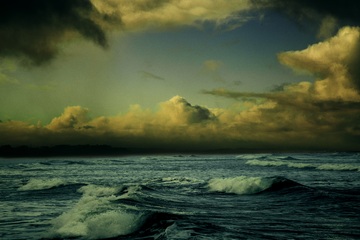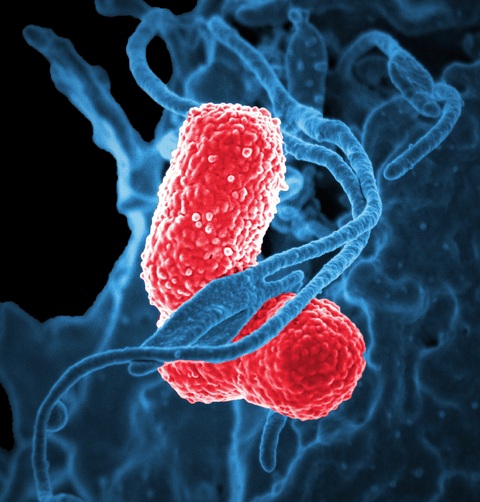What is terroir? There are many thoughts about what it is and even if it is real. I actually find it difficult that people don’t believe that there is such a thing as terroir. If you have ever participated in a horizontal tasting, you would become a believer. Similar to a vertical tasting, where you are tasting the same wine across different vintages, a horizontal tasting is one in which it is a single vintage but across different vineyard sites. For example, tasting a Pinot Noir from Oregon and a second one from Burgundy. Both have exceptional examples of Pinot, but there is no doubt they are different.
The two prominent definitions of terroir are:
- the complete natural environment in which a particular wine is produced, including factors such as the soil, topography, and climate.
- the characteristic taste and flavor imparted to a wine by the environment in which it is produced.
But the best definition I have heard was from Nick Goldschmidt of Goldschmidt Vineyards. Terroir is everything that the winemaker can not create. So as a winemaker, we can choose the barrels, we can choose when to harvest, we can choose how to process. But we can’t choose the climate, microclimate, elevation, sunlight intensity, rain, soil or microorganisms.

So let’s break down these components of terroir:
1- climate: There is the region’s climate, the vineyard’s climate and even the microclimate within the vines themselves. It deals with mostly temperature, rainfall, and sunlight. There are certain varieties that grow better in certain climates. Think Chardonnay and Pinot – cooler climates are better.
2- Soil: So much involved in the soil – we talk about whether soil is clay, loamy, calcareous, sandy. We have DOs that are created because of the soil. Think Lapilli soil in DO Lanzarote or Albariza soil in Jerez or Llicorella in DOQ Priorat. But it also includes the water content within the soil. The minerals that are found in it and the pH.

3- Topography: Now that we have discussed the soil we need to talk about where the vines are actually grown. What direction are the vines facing. What is their altitude? What is the steepness of the slopes? All of this forces the vines to act differently, thereby changing how they produce fruit.
Have you been missing the weekly Exploring the Wine Glass posts? They have moved. Sign up at http://eepurl.com/be49CD to never miss a post. Subscribe to Dracaena Wines’ blog in the sidebar.

4- microbiology – Yep! It includes the microbiome on the grapes. The yeast and bacteria that are naturally there and the microorganisms that are within the soil. And lets not forget that microbial transfer from nearby plants, could be transported aerially or via insects. These all impact how the vine grows.
A winemaker can do things to counter or enhance certain terroir impacts, but they can’t make the terroir disappear. Decisions can be made, like the variety planted, or recognizing that bad weather is coming in so you harvest earlier than anticipated, but that doesn’t change the terroir. And I truly believe you can taste terroir in well made wine. Because a quality wine is made with limited human intervention. Remember, wine was not created, it was discovered.
~Slainte!
Please follow us on Instagram, Twitter, Facebook and Youtube.
We’ve stacked the odds so that you can get our award winning wines without breaking the bank. Click the image to find out all of the benefits of joining the CHALK CLUB including discounted shipping and up to 35% off all purchases. .

Have you been missing the weekly exploring the wine glass posts? They have moved. Sign up at http://eepurl.com/be49CD to never miss a post.



